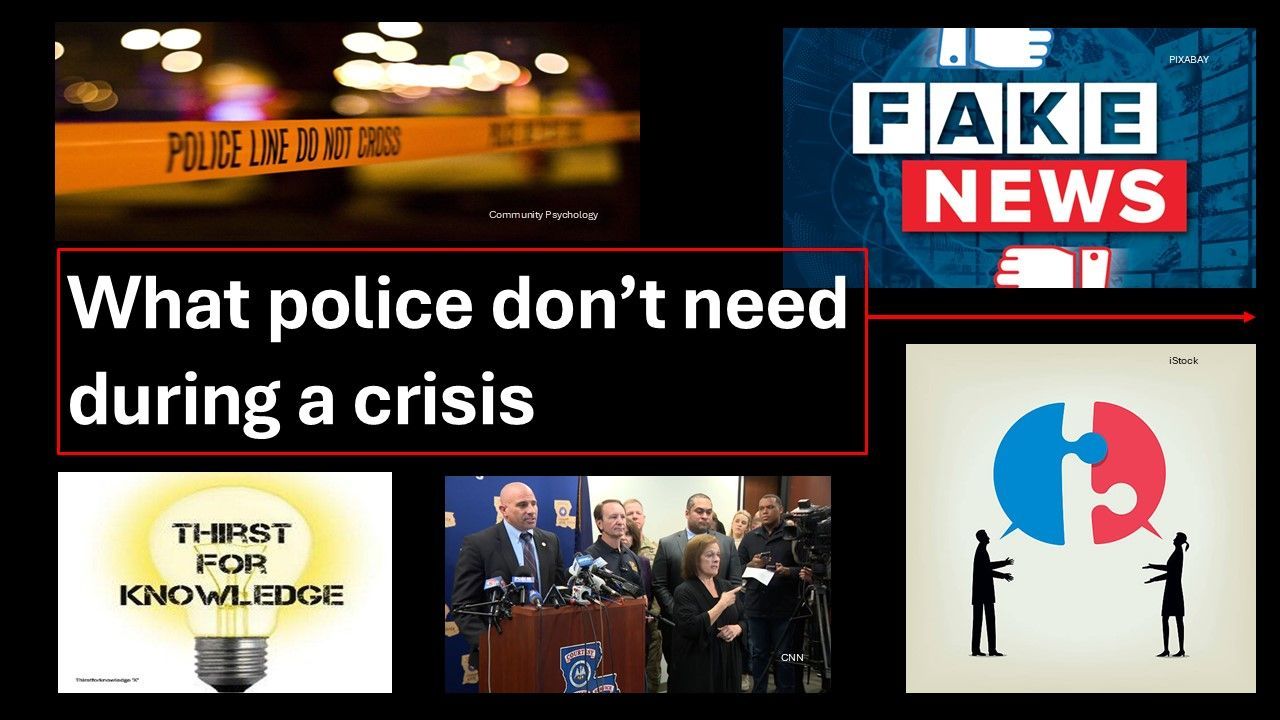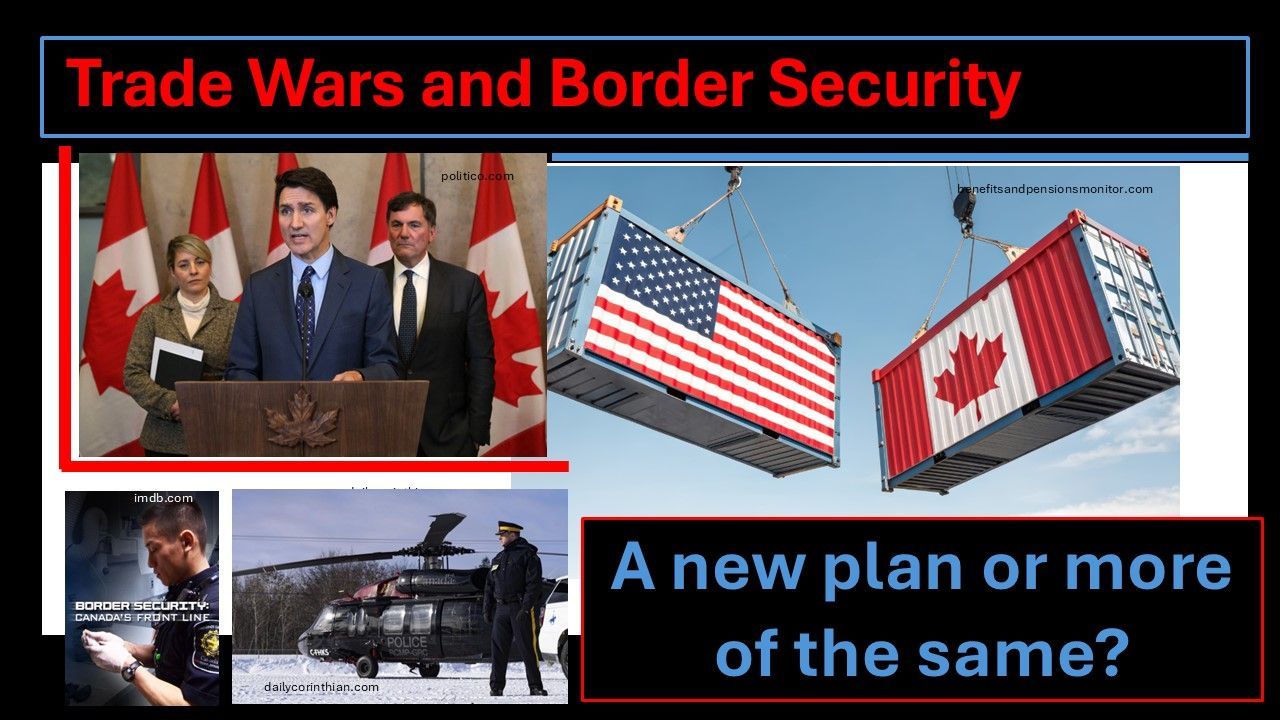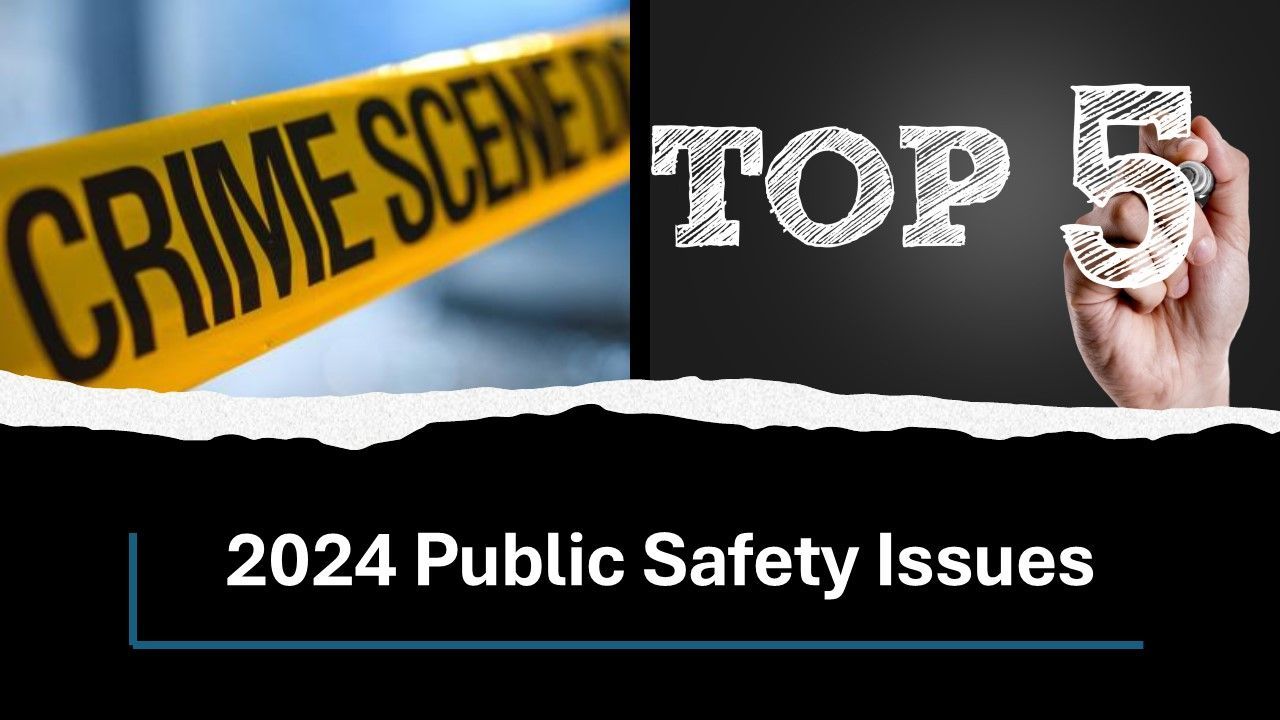New Paragraph

It was an interesting year for public safety around the globe on a variety of fronts, from acts of international terror; to political unrest and weather related disasters. Thousands of innocent lives were once again needlessly lost through intentional and unintentional acts.
Although we remained relatively safe here in Canada, including in the Greater Toronto Area, we certainly didn’t emerge unscathed or without controversy. We did face a number of concerning matters around legislative change; violence and the potential threat to public safety – the following being the top three issues that stand out for me over 2017:
Senseless and cowardly acts of terrorism occurred around the world, including within North America. Although our friends and neighbours south of the border experienced a number of “ISIS inspired” attacks, very few such acts occurred in Canada.
Six people were shot and killed and many injured in what elected officials have called a terrorist attack at a Quebec mosque this past January. Although the Canadian-born suspect in that attack had espoused anti-Muslim views, there does not appear to be any known links between the suspect and terrorist groups. He has been charged with six counts of murder and other offences, but none related to terrorism. Regardless, the act was both tragic and terrifying.
Terror-related charges were laid against a Toronto woman last summer following a golf-club and knife attack at a Toronto Canadian Tire store. Only a number of minor injuries were inflicted in that incident by the suspect who openly avowed her commitment to ISIS.
Most recently was the vehicular attack and subsequent stabbing of an Edmonton police officer this past fall. Several people were also injured during the ensuing chase. A male Somalian refugee was charged with both criminal and terrorism charges in that horrifying event.
It’s only a matter of time until we see a more deadly terrorist attack on Canadian soil. The ISIS playbook calls for their followers – most of whom having bought into their destructive ideology through the internet – to perpetrate attacks in any way possible. Deadly assaults with motor vehicles have become commonplace but are almost impossible to prevent. Despite efforts to “harden” open areas where the public often congregates to enjoy social events, as well as government buildings which may be symbolic locations for attacks, there are millions of sidewalks, open intersections, parking lots and boulevards where a vehicle could easily jump a curb and cause significant harm – intentionally or not. We cannot harden the entire world, nor should we.
We have to continue to enjoy all the places and events we choose to attend and not completely change our daily lives. It sounds insensitive, but there is a greater chance of being hit by lightning than being killed in a terrorist attack in Canada. In fact it’s important to note that while many Canadians understandably worry about the threat of terrorism, more Canadians are killed every single day in this country by motor vehicles being driven by inconsiderate people who are either impaired by alcohol or drug or inattentively using their phones, than are killed by terrorists on Canadian soil each year. That is the biggest threat to public safety in this country but does not get near the attention and concern that even an assault by someone yelling a pledge to ISIS receives.
In the meantime, federal security agencies, provincial and local police work hard with international forces to identify; surveil and investigate targets that may be a threat to Canadians. Although their resources are stretched to the limits, they have prevented many such attacks on the public and will continue to mitigate more plots in future.
I only wish the federal government would make it easier for them by not allowing those who have travelled to the Middle East to fight in support of ISIS to return home and threaten our safety and security. I realize there are a variety of complex issues around barring Canadian citizens from entering Canada, but why not err on the side of caution and turn them away. They made a conscious decision to leave and support a terrorist group abroad, so sorry about their luck.
Canada’s marijuana legislation will come into effect July 1st of 2018, some dubbing the forthcoming national holiday as “Cannabis Day” as a result. The Liberal government promised this legislation during the last federal election and it would seem that the entire exercise has been more about campaign promises than public safety or health. I don’t for a minute buy the government claims that legalization will take pot sales out of the hands of organized crime or that it will make it more difficult for children to get access to marijuana. Organized crime will always be the bargain basement for drug sales – with less overhead and no regulatory impacts. Cigarettes have been legally sold for centuries in Canada but organized crime groups continue to make billions of dollars of annual profit from illegal sales. How will marijuana sales differ? And young people will often have easy access to pot without even leaving their comforts of their parents’ homes.
Law enforcement friends in Colorado certainly sing a different tale on the public safety and policing impacts of this legalization than Canadians have been led to believe. Canadian police Chiefs are openly warning the public that they are not ready for this legislation. Impaired driving concerns and a host of other enforcement issues worry them, but alas, it’s coming at us way too quickly. Stay tuned.
Lastly, what concerns me even more, is seeing relationships between the public and the police continue to be tested across Canada. The well-televised negative events (real or perceived) we have seen across the vastness of the US haven’t helped Canadian law enforcement one iota. Many people see bad things happen on one side or the border and assume they are happening here too, and there is no doubt that bad things do befall Ontario on occasion. This past year saw a number of investigations into alleged and actual police improprieties in our province. Whether it be a couple of police officers caught on tape making fun of an intellectually challenged girl; officers charged with sexual assault; or judges professing a lack of trust in police witness testimony, it is rightfully a cause for public concern.
Canada is blessed with highly-paid; well selected, trained and equipped police officers who are respected by colleagues around the world as being among the best of the best. They work seamlessly with other Canadian law enforcement agencies through linked databases and similar standards 24 hours a day to prevent victimization and to investigate offences when they occur. As a result of that and more stringent gun control laws, our crime and violence rates are mere pittance compared to many other civilized countries. Regardless, community trust in the police is earned one interaction at a time. When officers violate that trust, the news spreads like wildfire and hurts all of policing across the board. It becomes the “one bad apple” maxim on steroids.
Canadian police are highly regulated and have more oversight than any other profession in Canada in my view. Ontario is raising that bar even higher through renewed policing legislation in 2018. There are policy standards as well as checks and balances to control everything police do, as well as independent mechanisms to monitor and investigate them when accusations of impropriety do arise. Sadly they do arise on occasion.
Allegations of biased policing are levelled periodically. Claims of excessive use of force are made. Illegal acts may be committed by officers at work or in their personal lives at times. None of that is acceptable when it does occur, but inappropriate actions occur in infinitesimal amounts compared to the hundreds of thousands of professional exchanges between the police and the public that unfold every day in Canada.
The police can’t operate in isolation of the communities they serve. They have to work with the public to keep communities safe and must work to encourage people to report things they see and hear – especially relating to potential terrorism or gang activity. But the public has to feel confident that they will be treated fairly and impartially or they will not come forward as victims or witnesses. That ball is in the court of the police themselves, but the vocal minority that continued to fuel anti-police sentiments unnecessarily in 2017 did much more harm than good. Police need to play by the rules and most do. But we ALL need to give them a chance and allow due oversight processes to take their course when they don’t.
Although we were very fortunate on a number of fronts this past year, I hope 2018 is even a better year for all concerned.

All Rights Reserved | Lighthouse Leadership Services | WebXpertz



